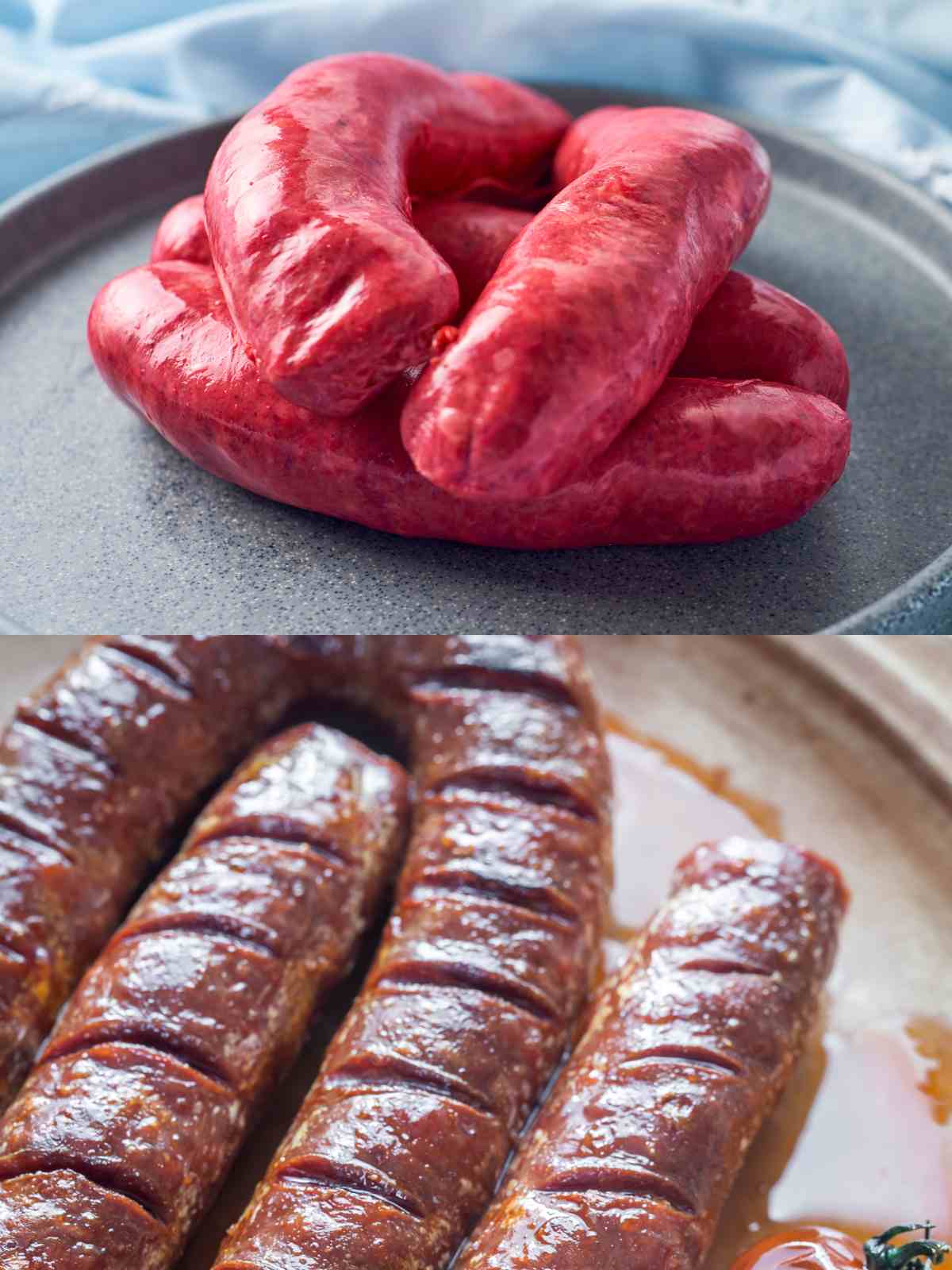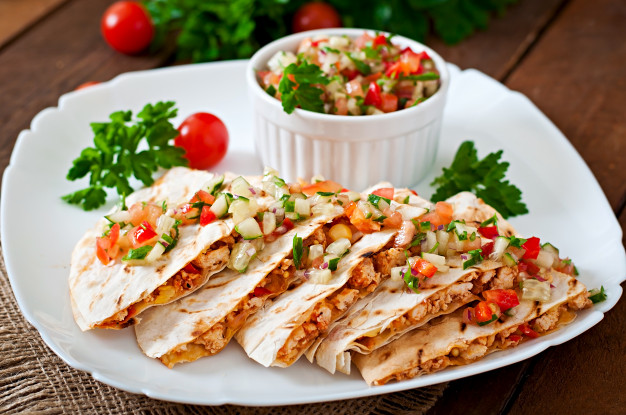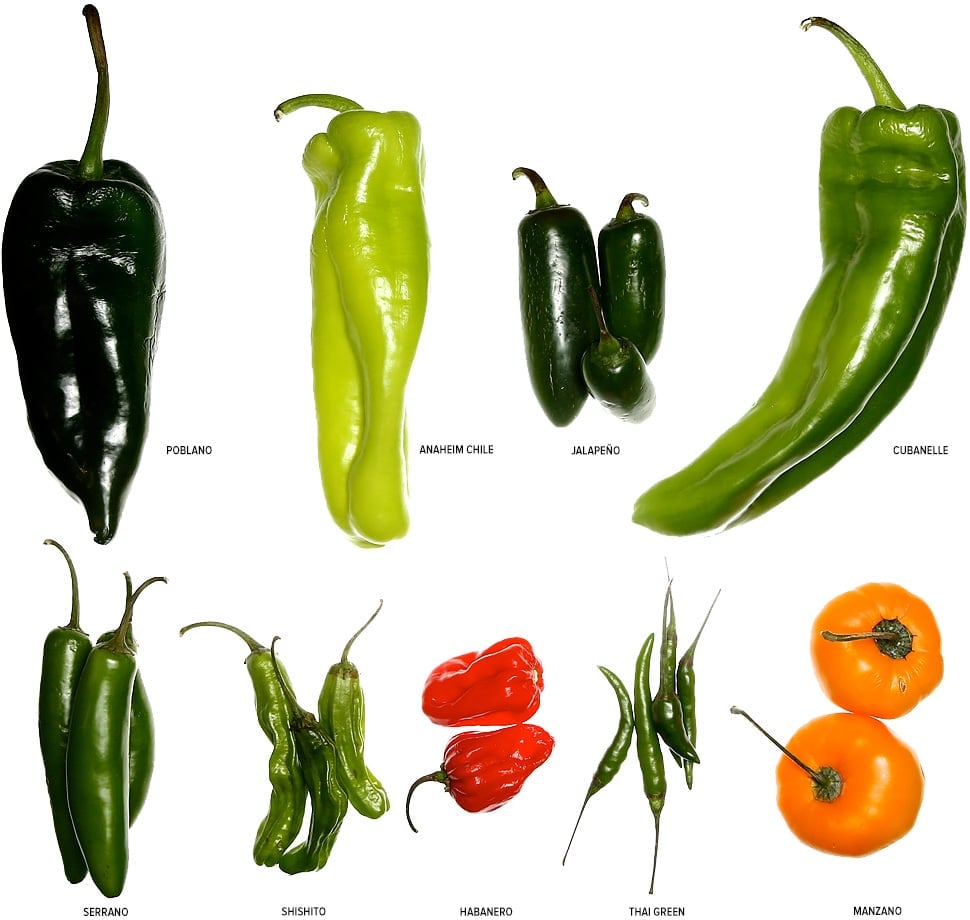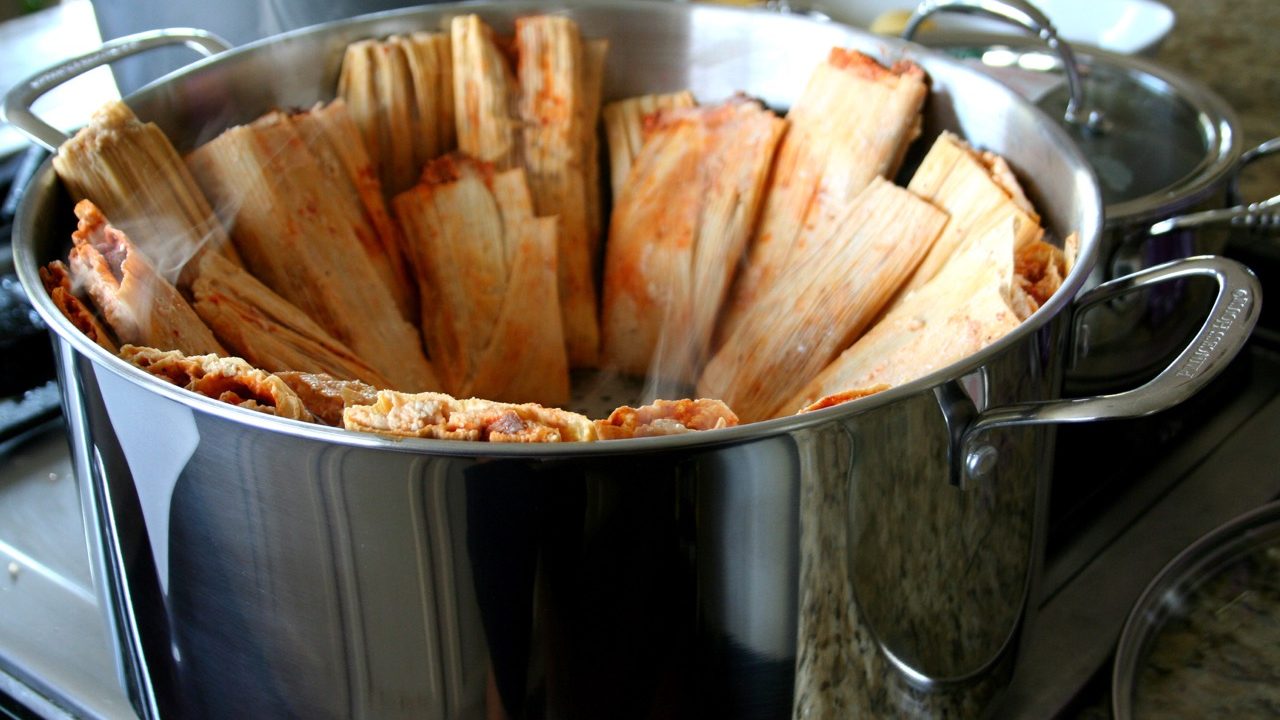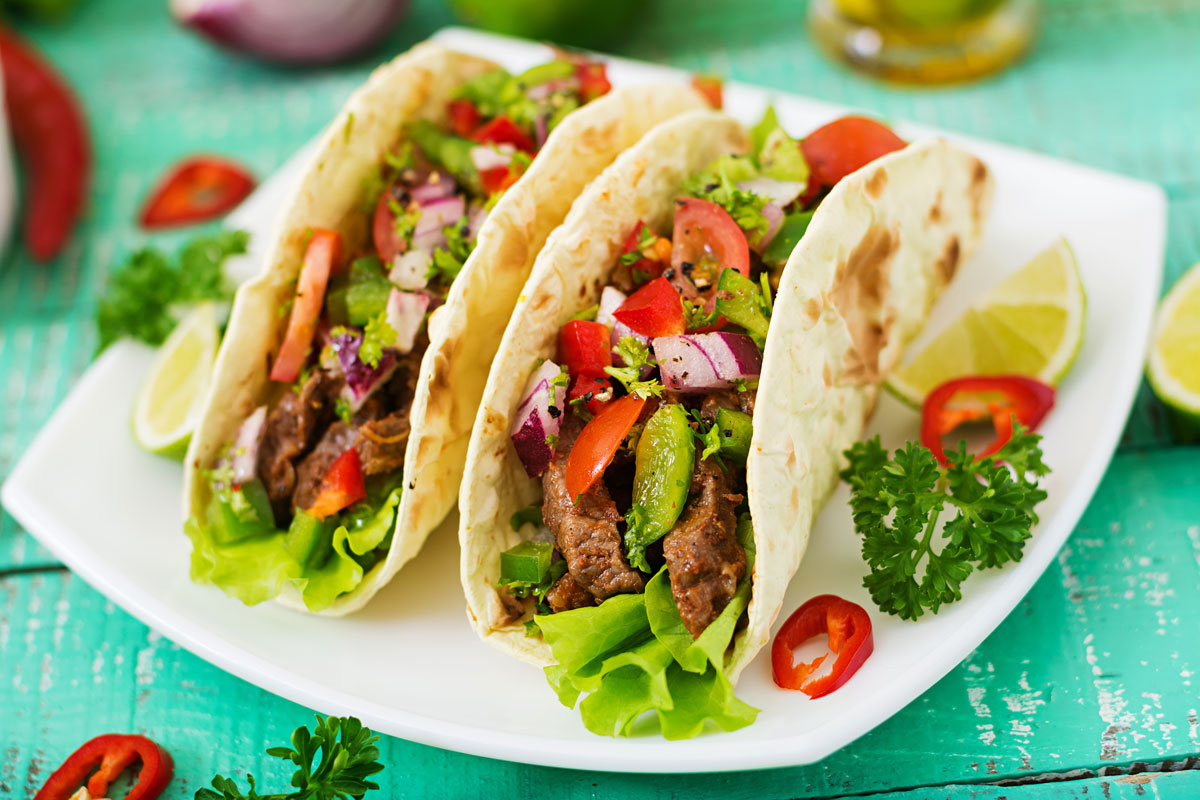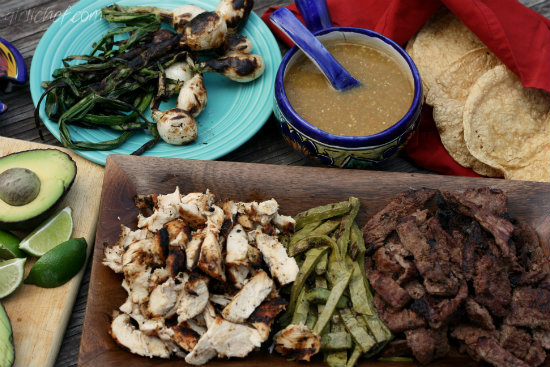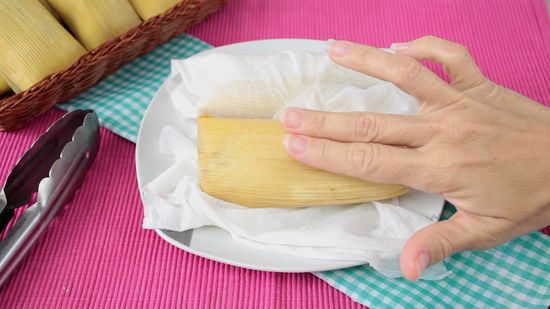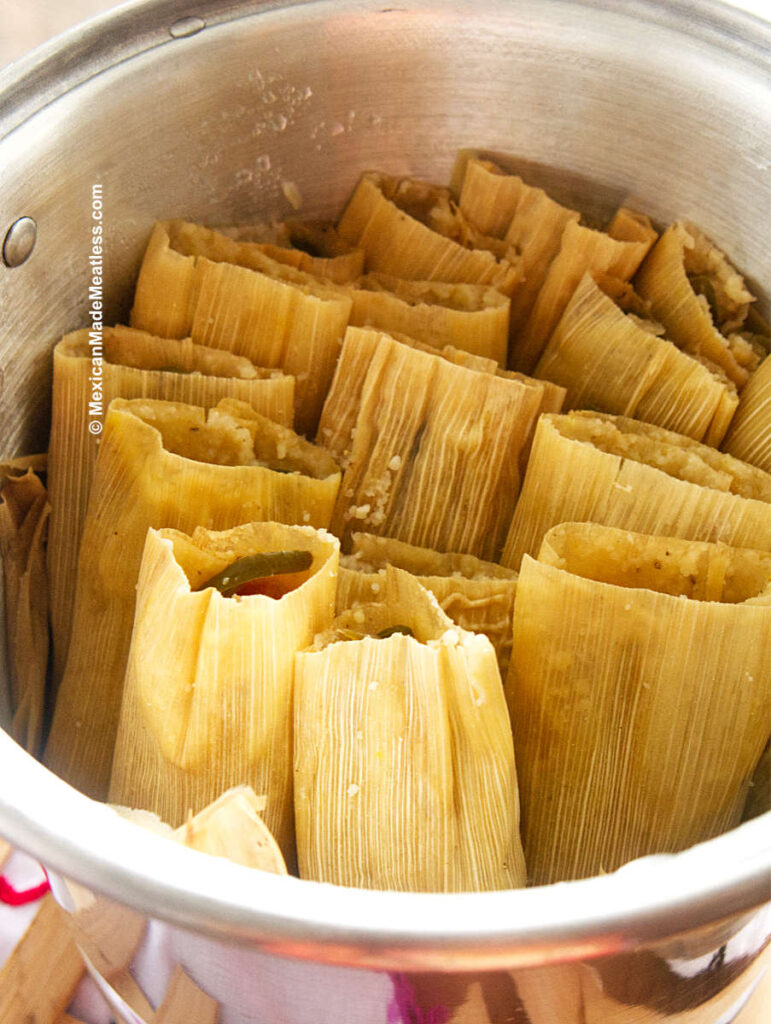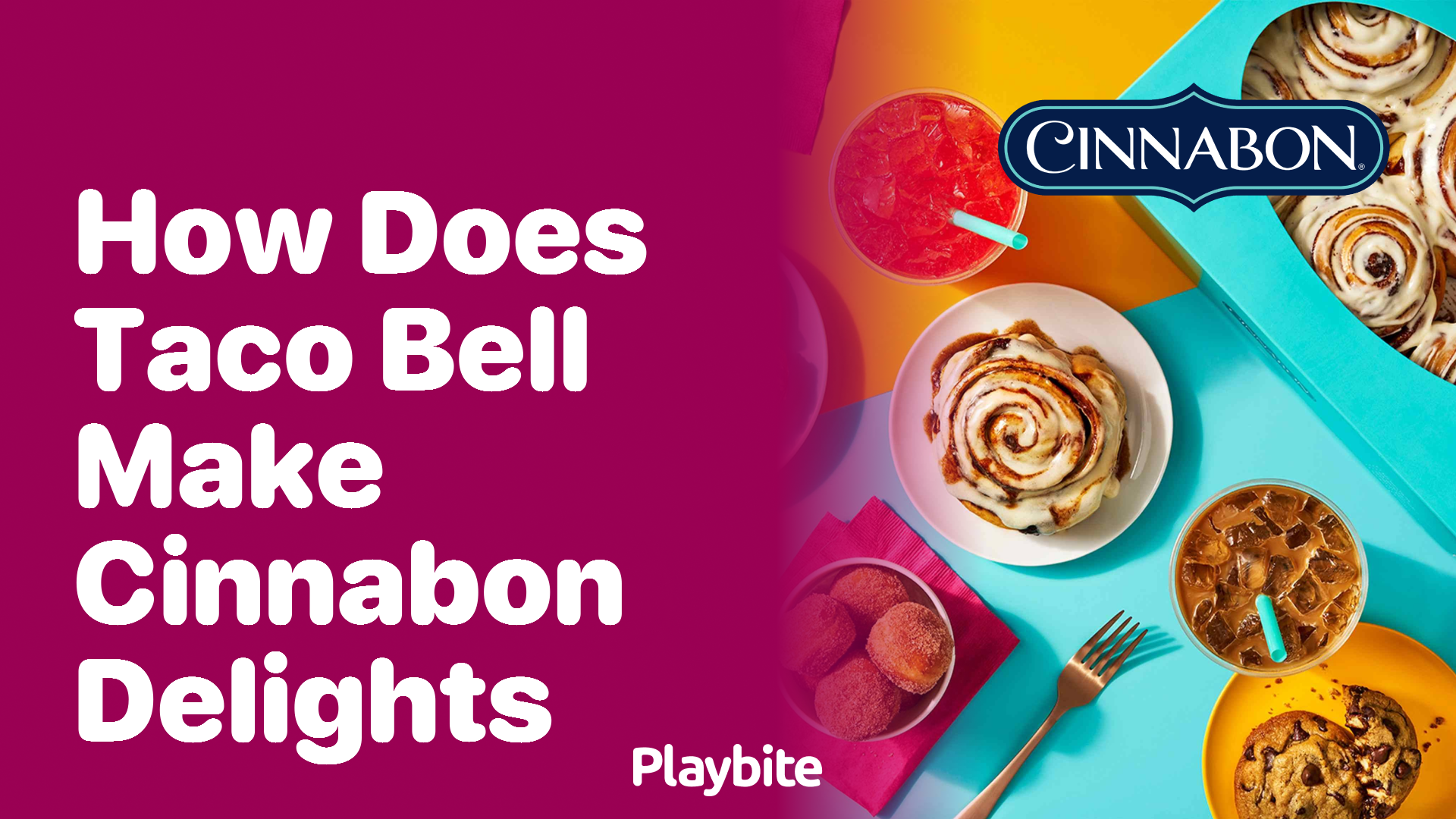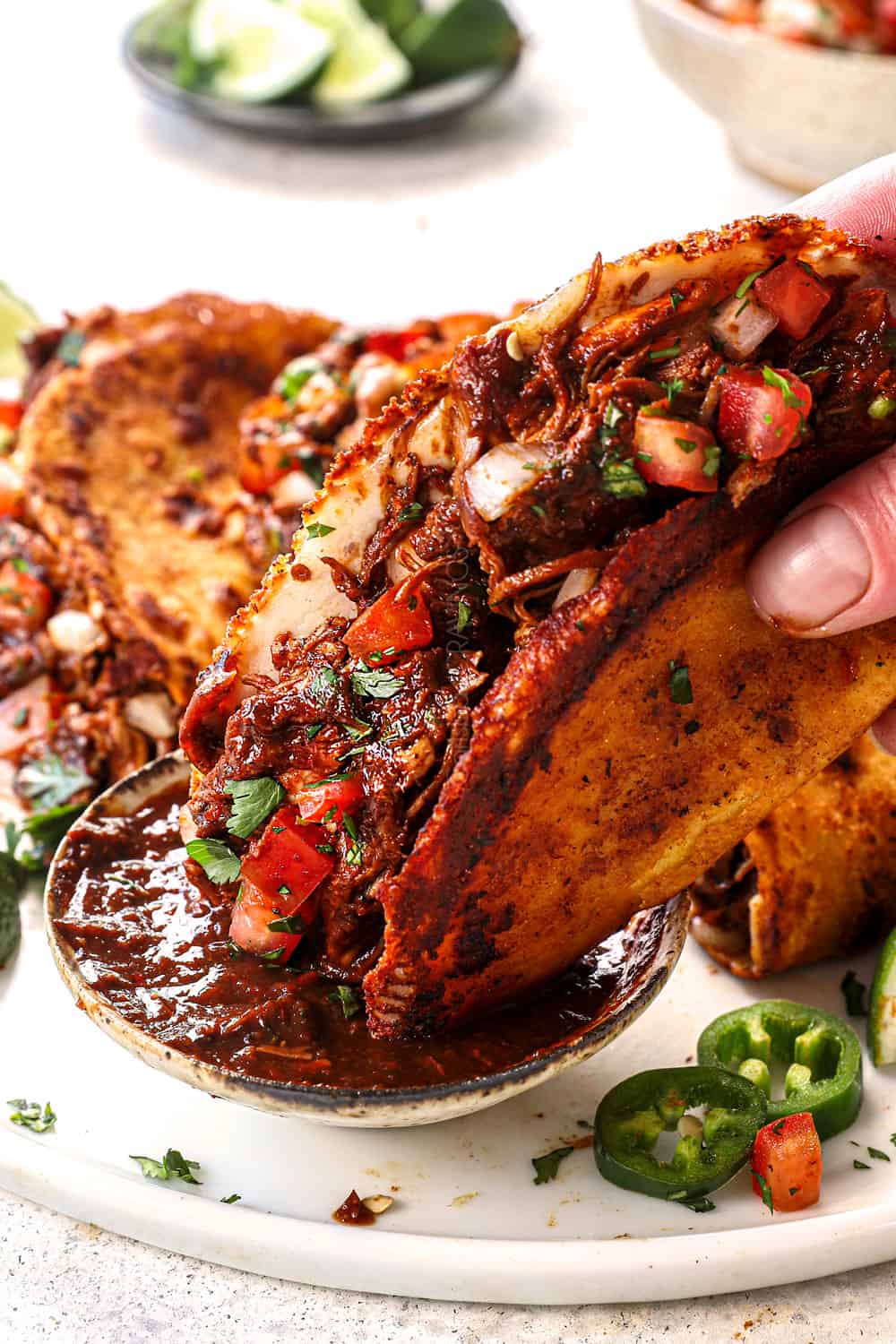Longaniza vs Chorizo: Unveiling the Secrets of Sausage
– Chorizo dates back to the 1500s when the Spanish conquistadors raised pigs to produce chorizo in Mexico.
– Longaniza and chorizo are two different foods that look and taste similar.
– Longaniza is made out of minced meat, while chorizo is made out of ground pork.
– Mexican chorizo is different than Spanish chorizo.
– Longaniza is spiced with black pepper, while chorizo is spiced with paprika.
– Chorizo has a smoky and rich taste, while longaniza is sweeter and more aromatic.
– Longaniza has a thinner texture compared to chorizo.
– Both sausages are made with ground pork and flavored with garlic, salt, and regional spices.
– While they can be used interchangeably in most cases, one may work better for certain recipes or food combinations.
